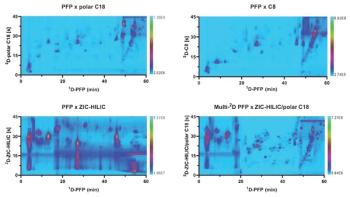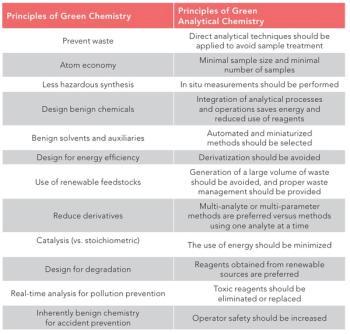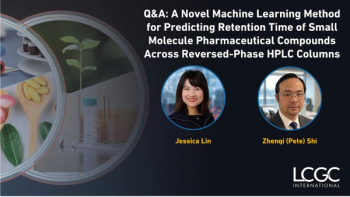
|Articles|February 25, 2007
Recommended Sessions for February 26th, 2007
Well-known LCGC Columnists John Dolan and John Hinshaw provide their list of recommended sessions.
Advertisement
Well-known LCGC Columnists John Dolan and John Hinshaw provide their list of recommended sessions.
John Dolan Recommends:
- Chromatography Forum of Delaware Valley Dal Nogare Award - Room 404BC, 8:30am-12:00pm
- Bioanalytical: LCMS (Half Session) - Room 504A, 8:30am-10:00am
- Bioanalytical: Liquid Chromatography - Room 501D, 8:30am-12:00pm
John Hinshaw Recommends:
- New Developments in Gas Chromatography and Mass Spectrometry - Room 504D, 8:30am-10:00am
- High Throughput Chemical Analysis - Room 504A, 1:30pm-4:30pm
Newsletter
Join the global community of analytical scientists who trust LCGC for insights on the latest techniques, trends, and expert solutions in chromatography.
Advertisement
Advertisement
Advertisement
Trending on LCGC International
1
HPLC 2025 Revisited: A Year-End Review of LCGC's Conference Coverage Highlights (Part One)
2
A Novel Machine Learning Method for Predicting Retention Time of Small Molecule Pharmaceutical Compounds Across Reversed-phase HPLC Columns
3
Dr. Rigoberto Advincula on Advancing Polymer Research With Py-GC/MS
4
Best of the Week: Career Opportunities for PhD Graduates, Human Expertise and Machine Learning
5




